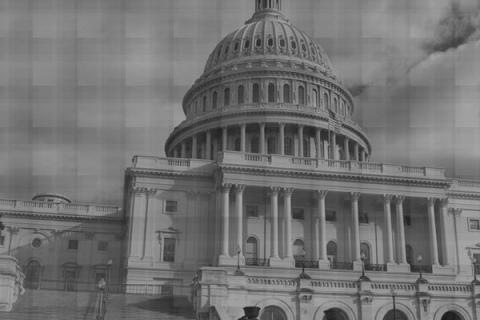
On June 25, President Obama made public his plan to combat climate change and mitigate its effects. His written climate change proposal voices his administration’s past successes in tackling climate change and lays down another set of goals, such as doubling renewable electricity generation by 2020 and instituting yet stricter efficiency standards for appliances and federal buildings.
Moreover, the plan cites the need to implement innovative technologies that may help communities adapt to changing weather patterns. Among other things, the proposal also expresses the need to set carbon pollution limits on power plants and to increase fuel efficiency standards for heavy-duty vehicles. Indeed, this plan offers many viable solutions on the domestic front.
However, it is more than apparent that the United States is not the only country responsible for environmental pollution. Therefore, the plan also states that the U.S. must guide international efforts in combating climate change.
For this purpose, the proposal outlines several areas upon which multilateral and bilateral negotiations may be led as well as mechanisms the U.S. can enact in order to aid other countries in their efforts to inhibit this truly global dilemma. However, are the strategies to “lead international efforts,” delineated within this proposal, even effective? Will the major polluters even care? Surprisingly, yes.
President Obama’s climate change plan offers numerous pragmatic solutions to combat climate change on a global level. First off, it declares that the U.S. will stop financing new coal-fired power plants -- unless the power plant will utilize carbon capture technology -- in all regions except in those where no other means of energy exists.
Such a strategy will decrease pollution from coal-fired power plants, the largest emitter of carbon. In addition, the plan states, “we will continue to use…bilateral and multilateral efforts to promote clean coal technologies.”
Essentially, the U.S. will continue to encourage countries to switch over to clean coal technology by using such processes as carbon sequestration. Many countries, such as China, have already begun adapting this method.
Another area where we may see results is deforestation. This matter went unaddressed by the Kyoto Protocol and to see the administration highlight this issue is consequential. The plan seeks to impede deforestation by building upon the Tropical Forest Alliance 2020. This strategy promises a favorable outcome because it “brings together the government, the private sector, and civil society…”
By involving civil society in this discourse, the government will be more likely to act. Case in point, Chinese environmental activist Ma Jun. He has been fighting a successful campaign against state owned power plants thanks to a grassroots strategy, which has given farmers to urbanites a voice in shaping environmental policy.
The president’s plan also appeals to rural municipalities because it strives to provide farmers with financial risk management tools and drought-resistant seeds. This will benefit many developing countries that may not have the resources or the capital to help its people cope with a changing climate. In effect, these countries will be more willing to comply with the U.S. on future climate change negotiations.
For example, the plan suggests that it will encourage the International Civil Aviation Organization to cap emissions. However, in order to pass such a plan, the U.S. will need and may acquire support from other countries if it helps them alleviate the problems they will face due to a changing climate.
Further, the proposal highlights the need to cultivate either the existing agreement under the UN Climate Change Framework (UNFCCC) or to forge a new accord that treats all countries as equals in terms of level of development and amount of pollutants being emitted.
Many countries, including the BASIC countries (Brazil, South Africa, India and China), have already agreed that all countries must be treated equally, despite differences in development. By reaffirming support for a legally binding commitment period, the U.S. is pressuring other countries into a climate change agreement.
The president’s plan makes significant strides on the international front by putting forth practical strategies that may draw support or have already drawn support from the international community. Breakthroughs in negotiations and compromises on many environmental issues should arrive soon.
